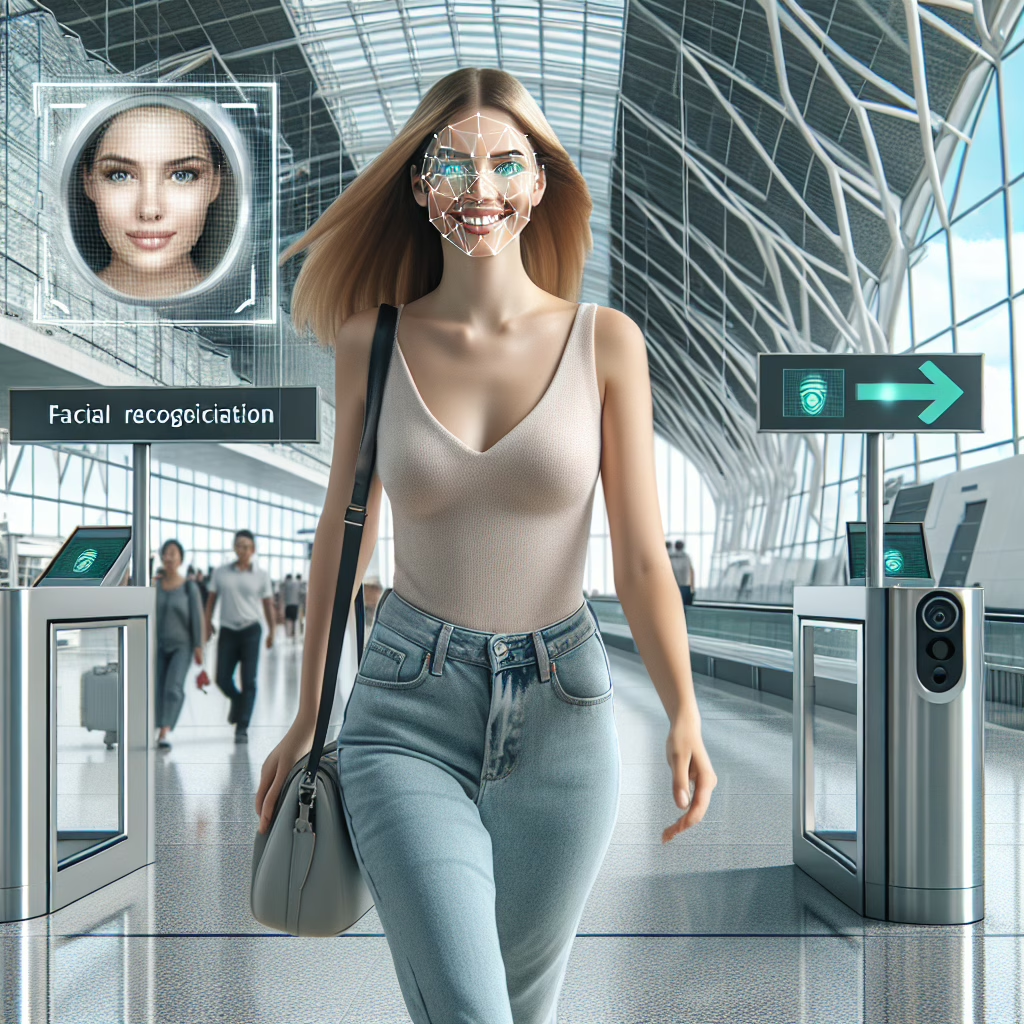When it comes to crossing the U.S. border, you might think you’re just showing your passport and smiling at the camera. Well, think again! In this age of face recognition technology, entering or exiting the U.S. has turned into a bit of a sci-fi movie moment. While the tech is undoubtedly impressive, it raises some eyebrows—much like that one friend who always seems to be taking selfies at the most inappropriate times. Additionally, the intersection of U.S. border control and advanced technology presents both opportunities and challenges that travelers need to be aware of.
What’s Happening with Face Recognition Technology?
Since its introduction, face recognition technology has been rolling out like a trendy new smartphone app—but with far more serious implications. The U.S. Customs and Border Protection (CBP) has been busy integrating this facial wizardry into its operations to speed up border checks. Yes, instead of waiting in line while contemplating life choices, travelers can now breeze through with a flash of their face. Talk about an upgrade!
However, let’s pause for a moment and consider: what exactly does this mean for privacy? While many travelers may welcome this tech as a time-saver, others view it as another step toward an Orwellian surveillance state. After all, who wouldn’t feel a little uneasy knowing that their face is being scanned and compared to a database while they’re just trying to get home after vacation?
The Pros and Cons of Face Recognition at Borders
On one hand, the benefits of using face recognition technology at U.S. borders are clear as day—faster processing times! The CBP reports that these systems can identify travelers in mere seconds. For frequent flyers who have had their fill of long queues, this sounds like music to their ears. But on the flip side, concerns loom large regarding data privacy and security.
The data gathered from these facial scans goes straight into CBP’s digital vaults, which raises serious questions: Who has access to this data? How long is it stored? And could a rogue hacker make off with a treasure trove of biometric information? It’s enough to make anyone feel like they’re living in a dystopian thriller.
Privacy Concerns: A Necessary Evil?
Let’s be real: in today’s world, it feels almost impossible to avoid giving up some personal information. From social media to online shopping, we’ve all contributed to our digital footprints. So when it comes to face recognition technology at U.S. borders, some argue that sacrificing a bit of privacy might be worth it for the convenience of speedy travel.
Yet not everyone is convinced that convenience should come at such a high cost. Critics argue that without strict regulations in place, the potential for misuse is staggering. Imagine if your face becomes part of an algorithm that predicts your behavior based on past travel! It sounds like something out of a bad movie plot where the machines take over—and no one wants to live in that sequel!
What Travelers Should Know About Face Recognition Technology
If you’re planning on traveling soon, here are some critical things you should keep in mind regarding face recognition technology:
- Know Before You Go: Familiarize yourself with how facial recognition works at your departure airport. It can differ significantly from one location to another.
- Be Prepared for Photos: Don’t be surprised if you find yourself posing for multiple cameras throughout your journey. Smile! You’re on candid camera… again!
- Privacy Policies Matter: Check out the privacy policies of airlines and border control agencies before traveling. Knowledge is power!
This tech isn’t going away anytime soon; in fact, it’s only expected to grow! As we embrace this brave new world of high-tech travel, we must balance the benefits with the concerns surrounding our privacy rights.
The Future of Face Recognition Technology at Borders
The future looks bright (and perhaps slightly invasive) as face recognition technology becomes more integrated into border control practices across the globe. Will we soon see facial recognition gates at every corner? Who knows! One thing’s for sure: as travelers continue to adapt to these changes, staying informed will help us navigate this ever-evolving landscape.
So what do you think about face recognition technology at U.S. borders? Is it a necessary tool for efficient travel, or does it encroach too much on our privacy? Let us know your thoughts in the comments below!
Special thanks to Wired for providing insight into this fascinating topic!

